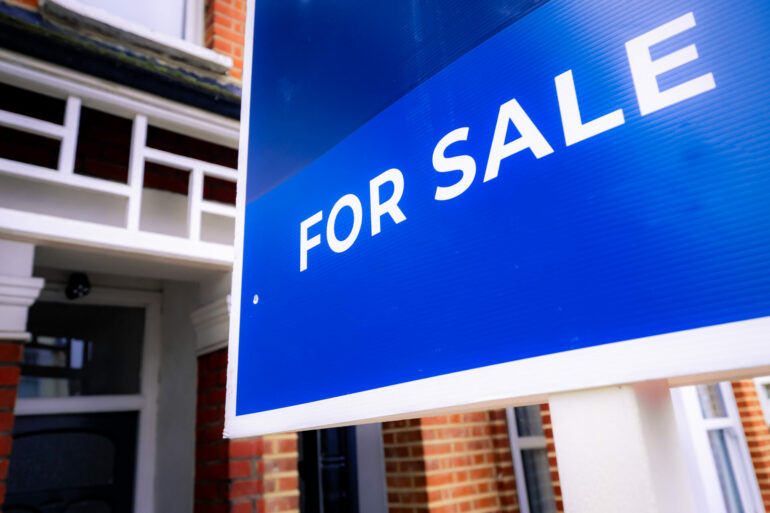New instructions in the residential market hit 402,334, an increase of 10.6%, between Q1 and Q2 this year, according to research by TwentyCi.
Sales agreed rose by 14.5%, to more than 300,000, but exchanges dropped by 12.5%.
Fallen through sales rose by 10.2%, as did price changes (17.8%).
Withdrawn offers remained much the same, going up by only 0.4%.
The average asking price across the UK increased by 6%, to £447,000; this was an increase of 24% compared with the same period in 2019, and a compound annual growth rate of 4.5% per annum.
Although most regions remained relatively static in terms of prices, inner London’s average rose by 6.4%.
In Scotland, sales increased by 16.6%, beaten only by the South West of England, where they increased by 19.7%.
Nearly all regions saw an increase in sales, amounting to an average increase of 14% across the UK.
Q2 saw more stock availability for buyers in higher price brackets, with an increase of 45% in £1m-plus properties since the start of the pandemic.
However, stock in the £0 to £200,000 bracket decreased by 36% over the same period.
In the rental market, new instructions dropped by 0.6%, while the portion of let agreed (-3.2%) and let (-7.8%) properties also went down.
Rents hit an average of £1,762 per month, an increase of £400 since 2019.
Colin Bradshaw, CEO of TwentyCi, said: “There has been no shortage of attention-grabbing headlines declaring doom for the housing market of late.
“The economic backdrop does remain a concern and all eyes should be on whether inflation slows and so interest rates stabilise.
“But the signs are that the market is proving remarkably resilient.
“To borrow a phrase from Mark Twain, reports of the market’s demise may well be greatly exaggerated, at least as far as the owner-occupied market is concerned.
“It is in the rental sector where a real impasse remains, and structural forces are leading to a perfect storm of increasing demand and reducing supply.”




